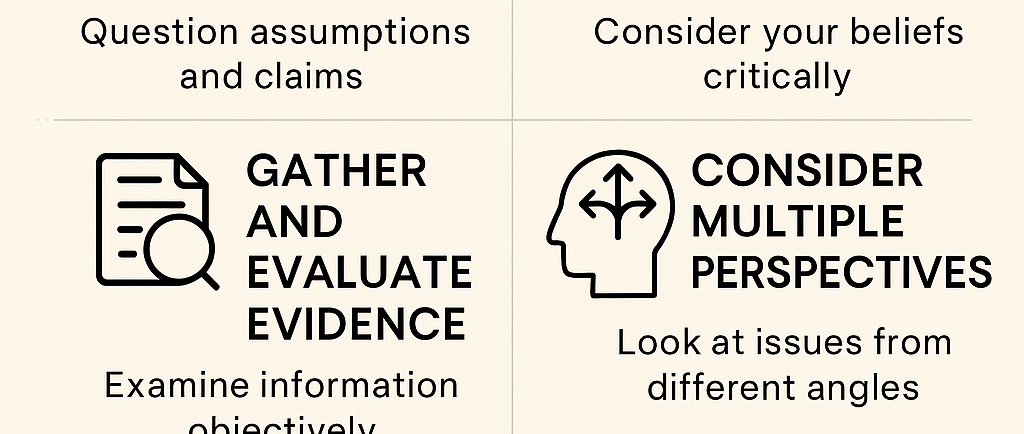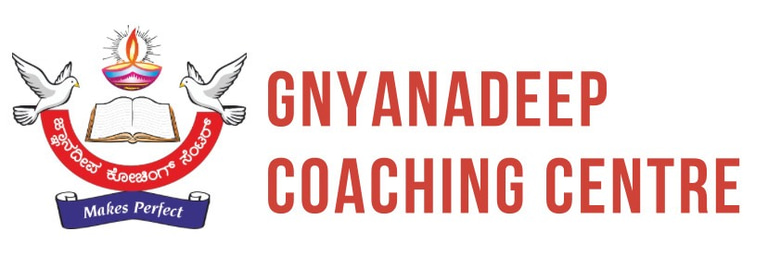🧠 How to Master the Art of Critical Thinking


In an age of information overload, the ability to think clearly, logically, and independently is more valuable than ever. Critical thinking is not about being negative or skeptical — it’s about being curious, analytical, and open-minded, yet discerning. It helps you make better decisions, avoid manipulation, and solve complex problems with confidence.
Here’s a complete guide on how to master the art of critical thinking:
🌟 What Is Critical Thinking?
Critical thinking is the ability to analyze facts objectively, evaluate arguments, identify biases, and form well-reasoned conclusions. It involves:
Asking questions
Challenging assumptions
Considering different perspectives
Using evidence before forming a belief
🔑 Why Is It Important?
Improves decision-making in daily life and career
Protects against manipulation, propaganda, and misinformation
Strengthens problem-solving and creativity
Boosts emotional intelligence by separating logic from emotion
🛠️ Steps to Master Critical Thinking
1.Ask the Right Questions
Great thinking starts with great questions:
What is the issue?
Why do I believe this?
What evidence supports or contradicts it?
Who benefits from this idea?
Start questioning everything — not out of distrust, but out of curiosity.
2.Challenge Your Assumptions
We all carry unconscious beliefs. To grow:
Ask yourself: “Is this really true, or just something I’ve accepted?”
Be willing to hold two opposing ideas and evaluate both.
3.Gather and Evaluate Evidence
Before accepting a claim:
Look for credible sources
Separate facts from opinions
Look for data, logic, and proof, not just emotion or authority
Example: Don’t believe a health trend just because a celebrity said it. What do the studies show?
4. Consider Multiple Perspectives
Good thinkers ask: “What would someone who disagrees with me say?”
This builds empathy and uncovers blind spots.
Try reading opposing viewpoints or debating respectfully with others.
5.Apply Logic and Reasoning
Look for cause and effect, not just correlation
Spot logical fallacies like:
Strawman arguments
False dilemmas
Appeal to emotion or popularity
Train yourself to slow down your thoughts and reason step-by-step
6.Reflect and Self-Correct
Critical thinkers are not afraid to be wrong.
Reflect on past decisions: What worked? What didn’t?
Adjust your thinking when new evidence comes in.
This is how wisdom is built over time.
🧘♀️ Habits That Strengthen Critical Thinking
Read widely – history, science, philosophy, and opposing opinions
Write regularly – journaling sharpens clarity
Engage in discussions – especially with people who think differently
Avoid echo chambers – curate your social and media input
Practice mindfulness – helps you stay aware of emotional bias
🧩 Real-Life Applications
In business: Analyze market trends before investing.
In relationships: Pause before reacting emotionally.
In news: Evaluate headlines with a skeptical but open mind.
🧭 Final Thoughts
Mastering critical thinking is a lifelong skill, not a quick trick. It takes practice, patience, and humility. But once developed, it becomes your inner compass — helping you navigate life with clarity, depth, and independence.
Think deeply. Question often. Judge wisely.
